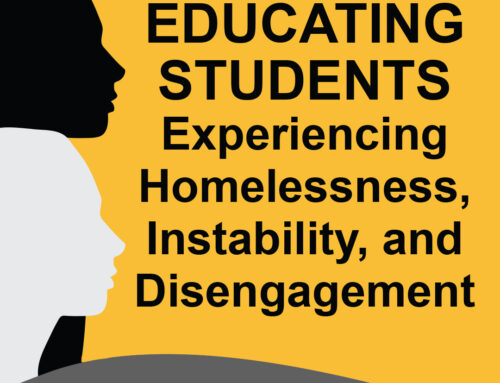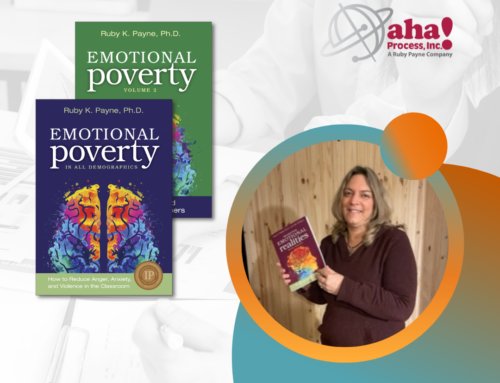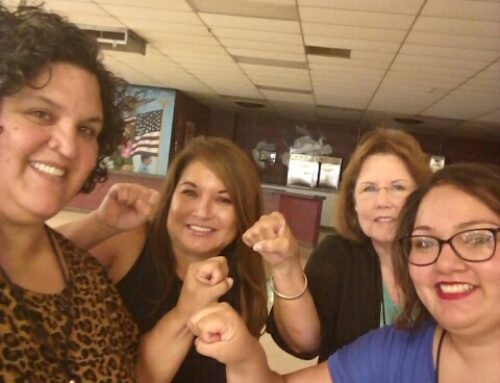This series shares lessons I learned during a summer session with middle school students labeled “reluctant” to learn English. Follow the links for Part 1, Part 2, and Part 3 of the series.
Lesson #4: Model a temperament that promotes and maintains a safe environment.
Don’t be caught off guard when students begin to test boundaries as their independence and freedom to speak is well established. It is my experience that two behaviors will begin to arise. Some students will take risks with humor, and some will share stories that can cause discomfort or tension.
As their autonomy increases, so too will side comments and stories of the past that are not considered appropriate for school. One quick and clean technique to address situations that could go south is to address them head on with the dignity they deserve. I cover these issues on the first day of class with a speech that goes something like this:
“While I encourage you to find and use your voice in this class, I am aware that part of normal development as social creatures is that we will experiment with humor and personal stories. Humor is great and I love it. But be aware that comments intended to be funny will only be treated as acceptable when there are no victims. And if you become so comfortable that you wish to share personal stories, please keep in mind that some stores may be sensitive and need to be treated with respect. What is normal for one person may be out of the norm for someone else.”
Identifying and defining elements of a safe environment is critical to molding how communication is to be treated. “Kids will be kids,” but adults must be willing to confront the issues that underlie uncomfortable stories and inappropriate jokes/teasing when necessary. Moreover, when someone in the room is the target of a joke, those moments must be handled in a way that restores dignity to all involved.
Safety is first and foremost a proactive stance. It requires the establishment of trust above all else. It deals with feelings and beliefs that we are in a space that secures and affirms us physically, emotionally, socially, and spiritually. Students must internalize “I can be who I am with no façade necessary for survival” to allow themselves to risk social mistakes.
It is almost expected that students will speak freely about other people (both positively and negatively) as they experience the freedom to speak without being judged. Some may even test the waters and tease the teacher just to see how far they can push the limits.
It is exactly during those moments that teachers have the absolute best opportunities to promote civility and decorum. Why? Because that is when their emotions are pitched. Their elevated emotional state will help them to file an event into long-term memory. Hence, any corrective action or redirection during laughter, anger, fear, or curiosity will be reflected on much more often than an experience that blends into the rest of the day.
The creation of a safe environment takes work and focus. It does not just happen. Encouraging students to use their voices respectfully requires just as much effort as learning any task in our curriculum. It includes pre-teaching, acknowledgement, reinforcement, and redirection when necessary. Opinions and humor, by their very nature, are often expressed with passion. Learning how to communicate both—while growing a safe environment—is an art, not a science. Don’t expect everyone to understand immediately your idea of how a safe classroom looks and feels. Students may have their own vision. You must share your vision by demonstrating what it is you wish to manifest.








